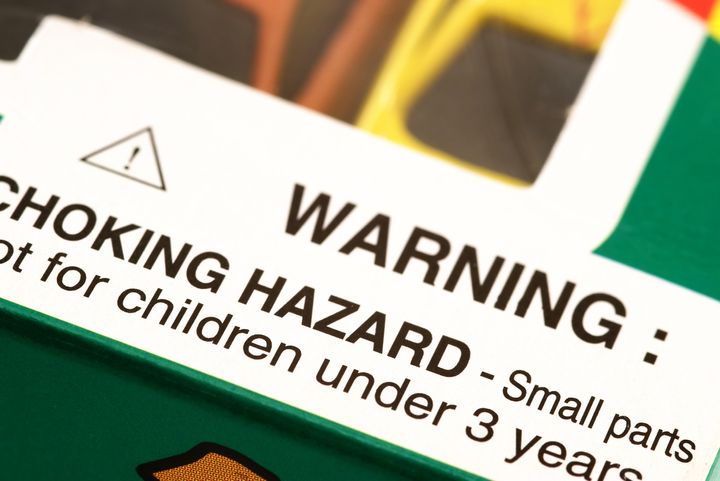
Some toys are safer and more appropriate than others, but how can you tell the difference?
It’s December, which means adults everywhere are frantically making their list and checking it twice for this year’s hottest – and safest – toys. If you’re in the market for the perfect gift but overwhelmed with the responsibility of safely bringing holiday joy to your little loved ones, read on.
When did toy shopping get so complicated? Last year, the toy industry racked up $26.5 billion in sales, and that’s a lot of toys. Federal law requires toys intended for children under the age of 12 to meet Consumer Product Safety Commission (CPSC) testing requirements, but even with regulations in place, there were 250,000 toy-related injuries treated in U.S. hospital emergency rooms in 2015, and roughly a third of those happened to kids under the age of five.
Obviously, some toys are safer and more appropriate than others, but how can you tell the difference? If you’re a parent or gift-giver trying to navigate the sea of online and in-store options, here’s a road map to help you safely spread holiday cheer.
Step 1: Start with the obvious – age. The CPSC assigns most toys a recommended age, but kids obviously mature at different rates. For example, kids under age three put things in their mouths, so toys for that age group avoid small parts, but I know plenty of four and five year olds who can’t resist popping a rogue marble in their mouth. When in doubt, age down, not up. Recommended age is based on safety, not intelligence, so even advanced kids may not be ready for a rocket launcher or projectile gun.
Step 2: Think twice about hand-me-downs. Attics and yard sales are full of beloved toys from generations past. Sentimental value should never undermine safety, however, so that cute pull toy with the way-too-long string or baby cradle that tips too easily may be more suited for a museum than your living room. Carefully consider the safety of vintage toys before re-gifting, and look for favorites that are simple (like building blocks), and in good condition.
Step 3: Get the right size. Even age appropriate toys can be too big, and that can be dangerous. Sizing up in shoes to increase wear time is one thing, but the same logic doesn’t apply to something like a bike, which is unsafe if a child can’t maneuver it properly. Pay attention to height and weight restrictions, and remember there’s no one-size-fits-all when it comes to growing kids.
Step 4: Avoid the red flags. While any toy can be dangerous if you hurl it across the room, some things are inherently hazardous at all ages. Batteries can cause burns and should be secured behind screwed tabs. Balloons are the main cause of toy-related fatalities because they can seal a child’s windpipe if swallowed, so steer clear, and magnets can turn a child’s stomach into a force field, so avoid sets with lots of small, ingestible pieces.
Step 5: Run the safety checklist. CPSC isn’t the only regulatory body keeping tabs on toy safety. In addition to the obvious “non-toxic” label, make sure fabric toys are washable and flame resistant. Electronic toys should have the “UL Approved” seal from an Occupational Safety and Health Administration lab, and you should see an ASTM D-4236 label from the American Society for Testing and Materials on crayons, paint and other artsy toys.
Step 6: Don’t forget the common sense test! No amount of safety labeling should take the place of old-fashioned instinct when buying toys. Check the reviews to make sure it is sturdy and does what it’s supposed to do. Avoid loud noises (saving little ears and strung out parents), think long and hard about anything that shoots (toy gun injuries increased 500 percent in two years) and avoid the single biggest accident culprit – the scooter – which accounts for nine out of 10 toy injuries and landed nearly 10,000 kids in emergency rooms last year. Billions of toys are used and abused every day. This holiday season is sure to add new favorites to the rotation, though the cardboard packaging may again prove to be the unspoken perennial favorite. Still, with a little diligence and a lot of common sense, you can find smart, engaging toys for anyone on your list that won’t break the bank, or an arm. When in doubt, consult this list to help ensure toys are safe and fun for the young people in your life, and relish the joy of giving this holiday season!
